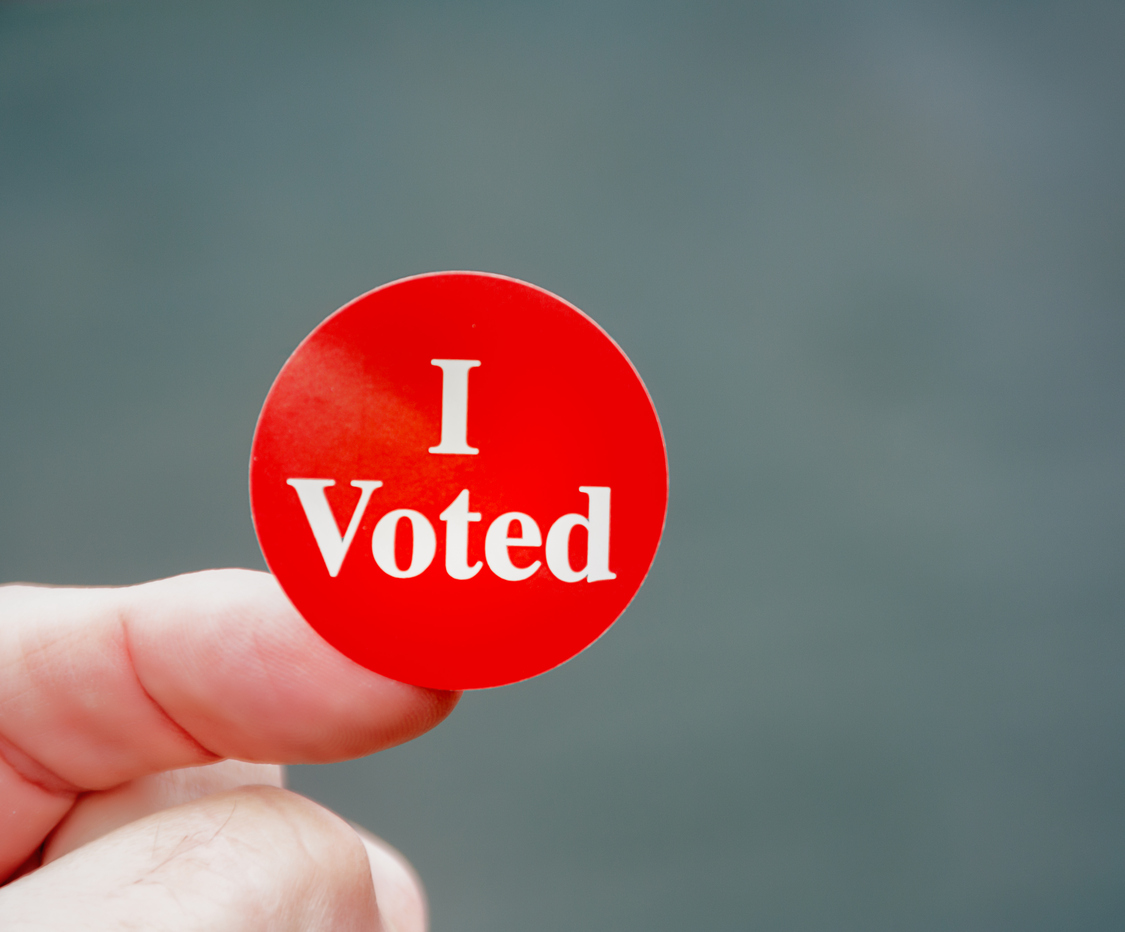SC-5: Where The GOP Votes Were
… AND WEREN’T The first round of voting for the S.C. fifth congressional district is in You must Subscribe or log in to read the rest of this content.
… AND WEREN’T
The first round of voting for the S.C. fifth congressional district is in
